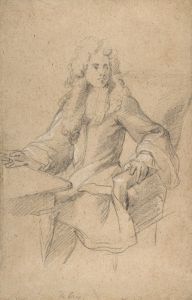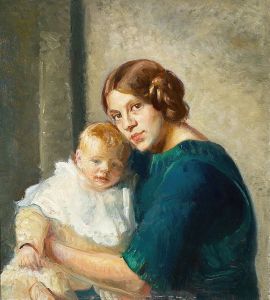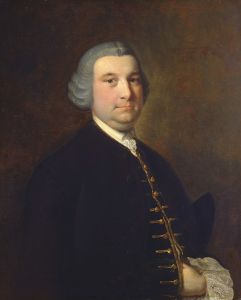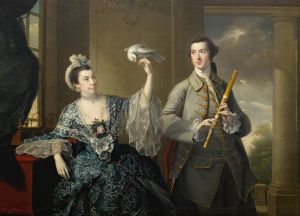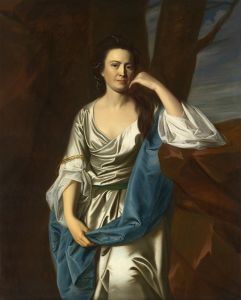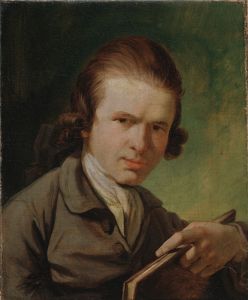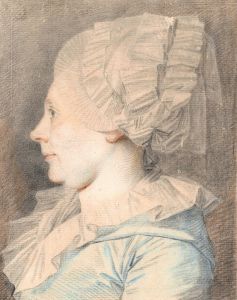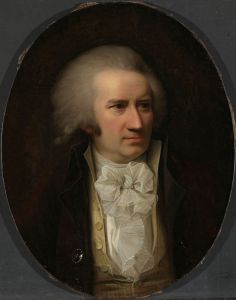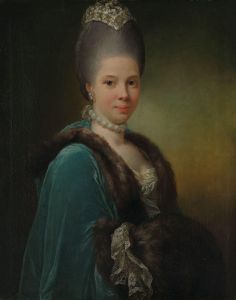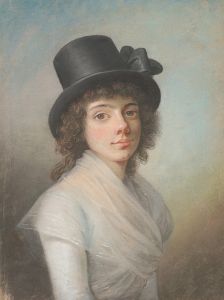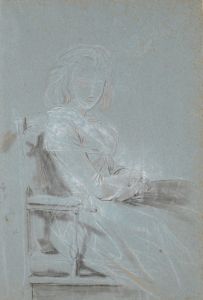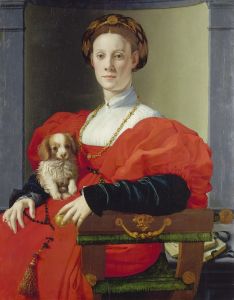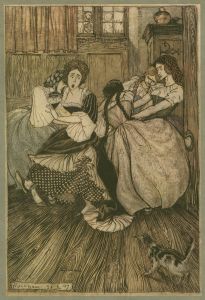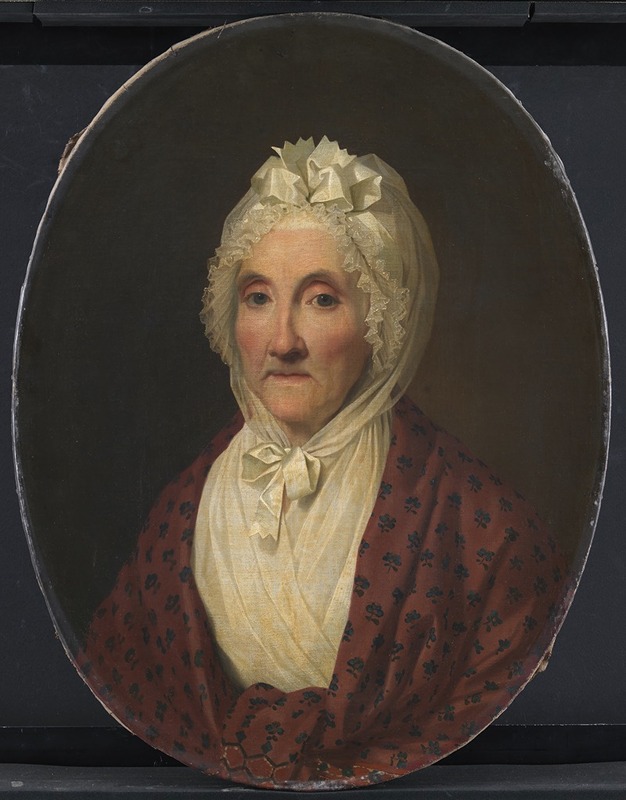
Brændevinsbrænder Bagges enke
A hand-painted replica of Jens Juel’s masterpiece Brændevinsbrænder Bagges enke, meticulously crafted by professional artists to capture the true essence of the original. Each piece is created with museum-quality canvas and rare mineral pigments, carefully painted by experienced artists with delicate brushstrokes and rich, layered colors to perfectly recreate the texture of the original artwork. Unlike machine-printed reproductions, this hand-painted version brings the painting to life, infused with the artist’s emotions and skill in every stroke. Whether for personal collection or home decoration, it instantly elevates the artistic atmosphere of any space.
"Brændevinsbrænder Bagges enke" (The Widow of Distiller Bagge) is a painting by the Danish artist Jens Juel, created in 1792. Jens Juel (1745-1802) was a prominent portrait painter of the Danish Golden Age, known for his ability to capture the character and social status of his subjects with great sensitivity and detail.
The painting depicts the widow of a distiller named Bagge, whose first name is not recorded in historical documents. The subject is portrayed in a dignified manner, reflecting her status and the respect she commanded in society. Juel's skillful use of light and shadow, as well as his attention to the textures of the widow's clothing and the subtle expressions on her face, exemplify his mastery in portraiture.
In the painting, the widow is dressed in the fashion of the late 18th century, wearing a bonnet and a modest yet elegant dress. Her attire suggests a woman of some means, likely due to her late husband's profession as a distiller, which was a respectable and profitable trade at the time. The background of the painting is simple and unobtrusive, ensuring that the viewer's focus remains on the widow herself.
Jens Juel's work is characterized by its realism and the emotional depth he brings to his subjects. "Brændevinsbrænder Bagges enke" is no exception, as it captures not only the physical likeness of the widow but also a sense of her inner life and the quiet strength she possesses. This painting is a fine example of Juel's ability to convey the humanity of his subjects, making them relatable to viewers even centuries later.
The painting is part of the collection at the Statens Museum for Kunst (The National Gallery of Denmark) in Copenhagen. It is considered an important piece within Juel's oeuvre and a significant example of Danish portraiture from the late 18th century. The museum's collection includes several other works by Juel, showcasing his development as an artist and his contributions to Danish art.
Jens Juel's influence extended beyond his own work, as he was also a teacher and mentor to other artists of his time. His legacy is evident in the continued appreciation of his portraits, which remain celebrated for their technical excellence and emotional resonance.
In summary, "Brændevinsbrænder Bagges enke" by Jens Juel is a notable portrait from 1792 that exemplifies the artist's skill in capturing the essence of his subjects. The painting remains an important part of Danish cultural heritage and continues to be admired for its artistry and historical significance.





